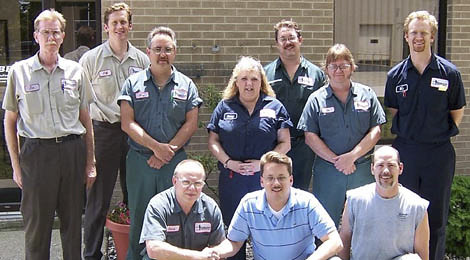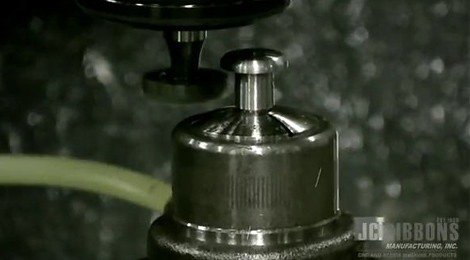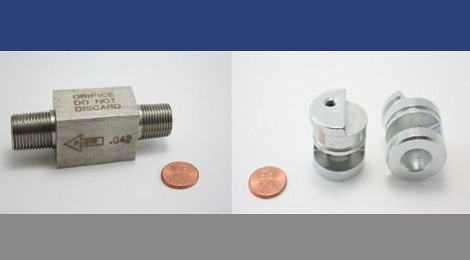Recreation as a whole is one of those industries that flourish in a recession. I found myself picking up a fishing rod and reel and hitting one of the small inland lakes in Michigan, which was a state heavily hit by the recession. For citizens here, there is the choice of the largest fresh water lakes in the United States, and the fishing is world renown. It had been at least 2 years since my last fishing trip, but it was very rewarding. I think the renewed interest in recreational products extends beyond me to those who manufacture the components for fishing gear. And for Michigan manufacturers, at least those in precision machining, this could be a way to diversify.
Because of their high price tags, automobiles were one of the first things consumers stopped purchasing when the recession hit, and it really hit Michigan hard. Not only for General Motors, Ford, Chrysler, and other automotive companies, but the many CNC machining service providers and part suppliers to those companies. For screw machine shops and precision CNC machining companies, the recreation industry can be a good way to diversify. At least in Michigan, the automotive industry encompasses most of the gross sales for many of these manufacturers, so the pressure to have a diversified sales pipeline is ever increasing. According to the RBFF or Recreational Boating and Fishing Foundation, fishermen spend $176 a year on just fishing tackle alone. Moreover, they contribute an additional $40 annually to conservation through license purchases. That is why when the sale of fishing licenses goes up, so too does the sale of associated tackle and goods, not to mention live bait.
Although fishing rods themselves are generally made of spun carbon, and the really nice leads are generally porcelain, some leads are still made out of Titanium, steel, or aluminum. However, the reel is what yields the most potential for precision machining companies. As far as the reel is concerned, the end user wants a smooth action with easy casting and reeling of the life. This requires that the reel have several smooth ball bearings with a low level of friction and resistance. This requires very tight tolerances in the machining process. Additionally, there are complex fishing reel gears and the real seat that would be the parts to go after. I am sure that some of these components may be OEM, but with the drive in innovation and distinction in the marketplace, many reel and spool manufacturers are turning to custom designs with various gear ratios and tooth counts. Moreover, many components for fly fishing reels are cold forged, but CNC machining offers a greater level of precision and control over design. This is also an opportunity for manufacturers whose primary process is cold forging or stamping. Moreover, there are great secondary service opportunities such as anodizing and metal treating. And because the industry in Michigan is always growing, this is not only an area for reel manufacturers to gain input about the quality of their products, it is a great marketplace to find suppliers. In fact, there has been a strong social movement in the area to support Michigan commerce from everyone, including local consumers. Therefore, a patron may prefer a rod and reel that includes Michigan made components, which is something for fishing equipment manufacturers to consider.
In the end it really boils down to local sourcing. China is no longer the cheapest place to do business, and there are more than enough case studies to show that products coming out of the country are sub quality. After searching many online supplier databases and international websites for the machining and manufacturing industry of recreational products, the list of companies is saturated by companies from China. It is time to bring the industry back here to the U.S shores.












